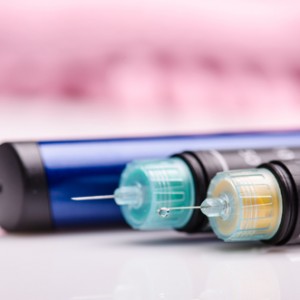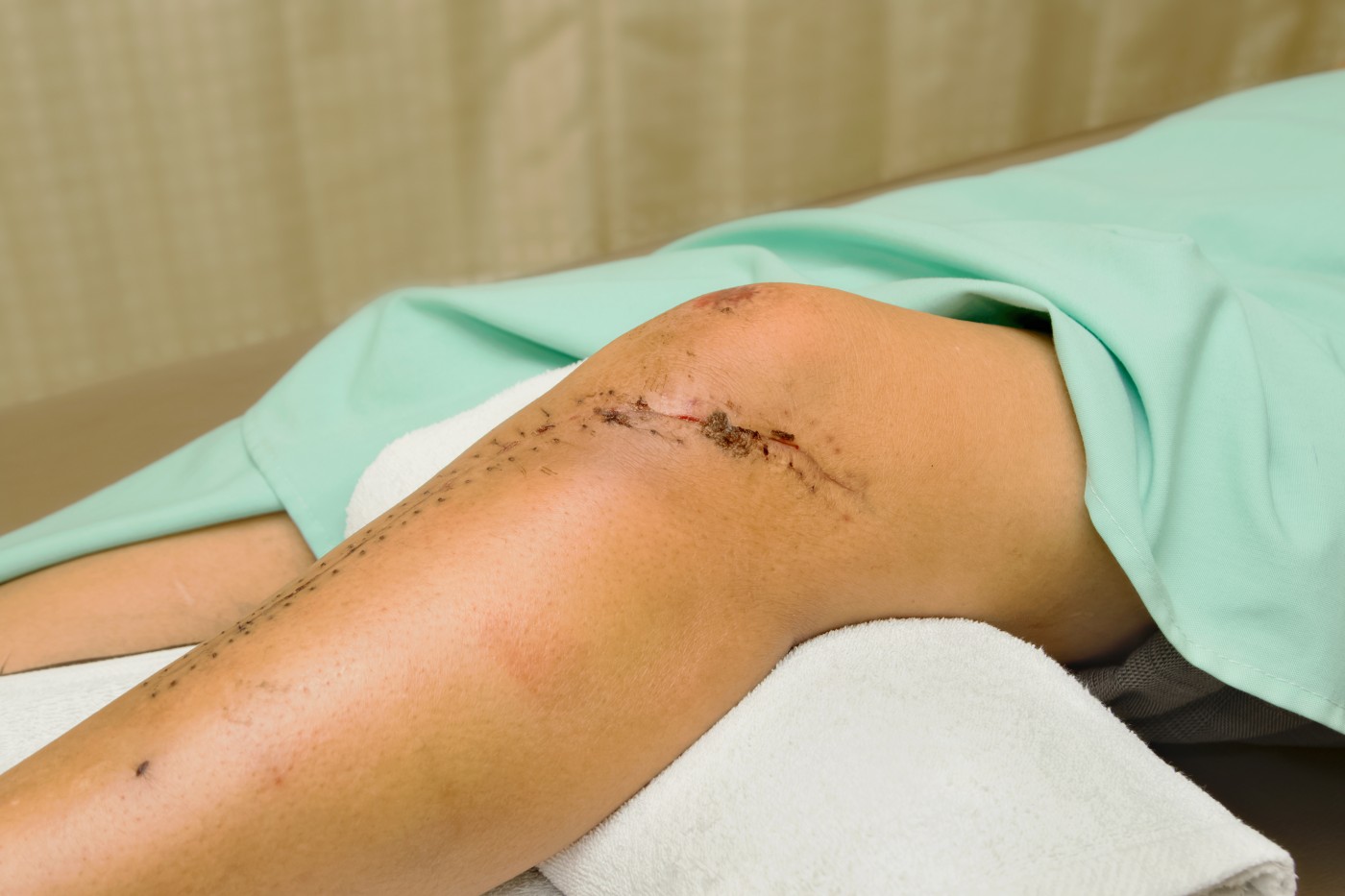 Although rheumatoid arthritis and osteoarthritis are two very unique and separate diseases, a team of researchers at Duke Medicine discovered that a rheumatoid arthritis drug can limit the development of osteoarthritis following joint fracture. The drug, anakinra, limited the severity of inflammation and arthritis in mice when it was injected post-fracture in a weight-bearing joint.
Although rheumatoid arthritis and osteoarthritis are two very unique and separate diseases, a team of researchers at Duke Medicine discovered that a rheumatoid arthritis drug can limit the development of osteoarthritis following joint fracture. The drug, anakinra, limited the severity of inflammation and arthritis in mice when it was injected post-fracture in a weight-bearing joint.
“What’s interesting and exciting is that this is the first time anyone has shown that there’s a drug of any kind that improved arthritis after an injury like this,” said Dr. Steven Olson, principal investigator at Duke Medicine, in a news release. “It’s beginning to point in the direction that we need to go. The challenge is that it’s rare that you get to a person very quickly after an injury.”
The speed of injection relates to the model the team used in their study. They induced a closed-joint fracture — the first of its kind for studying post-traumatic inflammation relating to osteoarthritis — and immediately injected anakinra into the joint space. “The traditional approach is to take a complicated problem like a knee fracture, and dissect it and look at each element — the load that goes across the joint, the force that’s transmitted to the bone and cartilage, the blood and inflammation,” commented Dr. Olson. “While these pieces are interesting, all of these things are happening at once. It’s hard to make sense of these pieces in isolation. We needed to look at the joint as a whole. The big step was creating the model.”
Building on these results, Dr. Olson’s team also investigated the effects stem cells had on post-traumatic osteoarthritis. An injection of stem cells in the joint fracture increased the volume of bone within the fracture during healing. Though beneficial, the stem cells were inferior to treatment with anakinra.
“This is total speculation on my part, but there may be a role for a medication like this immediately after injury in a sports setting, to prevent inflammation that could lead to arthritis,” said Dr. Olson. Post-traumatic osteoarthritis affects 6 million Americans each year and accounts for 12% of all cases of osteoarthritis. Some of these cases may be prevented if cartilage damage and initial inflammation following injury are attenuated.
The excellent work in Dr. Olson’s laboratory earned his group the Kappa Delta Award from the American Academy of Orthopaedic Surgeons and the Orthopaedic Research Society at this year’s Orthopaedic Research Society conference, still underway in Las Vegas. The work began in 2003 when Dr. Olson’s laboratory developed the knee fracture model and continued to research joints of animals via microscopy. Their diligence for over 10 years has led to a greater understanding of joint fracture, inflammation, genetic factors, and environmental factors that contribute to a faster recovery time in animals.
“Right now, the only thing we can offer many people is surgery,” said Dr. Olson. “But with this much better understanding of why arthritis develops, in the future we may be able to offer additional treatment to actually prevent its onset.” Next on the list of tasks is a pilot human trial to inject anakinra in the joints of humans following trauma. The team hopes to be funded by the United States Department of Defense, which would benefit greatly from a treatment for its soldiers injured in combat.



omg!
thank you so much want to share this information. very helpful at all.